Roland PT-2700 Handleiding
Roland
Niet gecategoriseerd
PT-2700
Bekijk gratis de handleiding van Roland PT-2700 (44 pagina’s), behorend tot de categorie Niet gecategoriseerd. Deze gids werd als nuttig beoordeeld door 28 mensen en kreeg gemiddeld 5.0 sterren uit 14.5 reviews. Heb je een vraag over Roland PT-2700 of wil je andere gebruikers van dit product iets vragen? Stel een vraag
Pagina 1/44

USING THE UNIT SAFELY ...............................................................4
IMPORTANT NOTES ......................................................................6
Main Features of the pt-2700 .......................................................7
Button Descriptions ......................................................................8
Getting Started...........................................................................10
Connecting the Power Cord ........................................................................................ 10
Opening and Closing the Lid ...................................................................................... 10
About the Pedals ........................................................................................................... 10
Turning the Power On and Off ................................................................................... 11
Adjusting the Volume .................................................................................................. 11
Setting the Music Stand ............................................................................................... 11
Connecting Headphones ............................................................................................. 12
Listening to the Demo Songs....................................................... 13
Playing/Stopping the Demo Songs ............................................................................ 13
Selecting a Song for Playback ...................................................................................... 14
List of Demo Songs........................................................................................................ 15
Playing the Keyboard ................................................................ 16
Playing with Various Sounds ...................................................................................... 16
Layering Two Instrument Sounds—Dual Play......................................................... 16
Using Two Different Sounds for Right And Left Hands—Split Function ............ 17
Adding Reverberation to the Sound—Reverb Effect ............................................... 18
Adding Breadth to the Sound—Chorus Effect.......................................................... 19
Sounding the Metronome............................................................................................. 20
Try Recording Your Performance ................................................ 22
Recording........................................................................................................................ 22
Listening to the Recorded Performance ..................................................................... 24
Deleting Recorded Songs.............................................................................................. 24
Convenient Functions.................................................................. 25
Changing Keyboard Touch Sensitivity ...................................................................... 25
Transposing without Changing Your Fingering—Key Transpose ....................... 25
Adjusting the Pitch of the Sound—Master Tuning ................................................. 26
Changing the Volume Balance in Dual Play............................................................. 27
Changing the Depth of the Reverb ............................................................................. 27
Changing the Depth of the Chorus ............................................................................ 27
Changing the Damper Pedal’s Resonance ................................................................ 28
Playing Songs Using Tunings from Classical Music ............................................... 28
Changing Tuning Curves ............................................................................................ 29
Disabling Buttons—Panel Lock .................................................................................. 30
Connecting to MIDI Devices......................................................... 31
About the MIDI Connectors ........................................................................................ 31
Making the Connections .............................................................................................. 31
Cautions when Connecting an External MIDI Device
(Local On/Off and Omni On/Off).............................................................................. 32
Set the MIDI Channel ................................................................................................... 33
Transmitting/Receiving Sound Selection Data—Program Change ..................... 34
Turning Transmission and Reception of Control Changes On/Off ..................... 35
Transmitting Performance Data from MIDI Out ..................................................... 35
Connecting to Audio Equipment..................................................36
Troubleshooting .........................................................................37
Functions Assigned to the Keyboard........................................... 38
MIDI Implementation Chart.........................................................39
Specifications ............................................................................. 40
Index......................................................................................... 41
202 Copyright © 2002 ROLAND CORPORATION
All rights reserved. No part of this publication may be reproduced in any form without
the written permission of ROLAND CORPORATION.
Owner’s Manual
®
201b
Before using this unit, carefully
read the sections entitled:
“IMPORTANT SAFETY
INSTRUCTIONS” (p. 3), “USING
THE UNIT SAFELY” (p. 4), and
“IMPORTANT NOTES” (p. 6).
These sections provide
important information
concerning the proper operation
of the unit. Additionally, in order
to feel assured that you have
gained a good grasp of every
feature provided by your new
unit, Owner’s manual should be
read in its entirety. The manual
should be saved and kept on
hand as a convenient reference.


3
fig.04
CAUTION
RISK OF ELECTRIC SHOCK
DO NOT OPEN
ATTENTION: RISQUE DE CHOC ELECTRIQUE NE PAS OUVRIR
CAUTION: TO REDUCE THE RISK OF ELECTRIC SHOCK,
DO NOT REMOVE COVER (OR BACK).
NO USER-SERVICEABLE PARTS INSIDE.
REFER SERVICING TO QUALIFIED SERVICE PERSONNEL.
The lightning flash with arrowhead symbol, within an
equilateral triangle, is intended to alert the user to the
presence of uninsulated “dangerous voltage” within the
product’s enclosure that may be of sufficient magnitude to
constitute a risk of electric shock to persons.
The exclamation point within an equilateral triangle is
intended to alert the user to the presence of important
operating and maintenance (servicing) instructions in the
literature accompanying the product.
INSTRUCTIONS PERTAINING TO A RISK OF FIRE, ELECTRIC SHOCK, OR INJURY TO PERSONS.
IMPORTANT SAFETY INSTRUCTIONS
SAVE THESE INSTRUCTIONS
WARNING - When using electric products, basic precautions should always be followed, including the following:
1. Read these instructions.
2. Keep these instructions.
3. Heed all warnings.
4. Follow all instructions.
5. Do not use this apparatus near water.
6. Clean only with a dry cloth.
7. Do not block any of the ventilation openings. Install in
accordance with the manufacturers instructions.
8. Do not install near any heat sources such as radiators,
heat registers, stoves, or other apparatus (including
amplifiers) that produce heat.
9. Do not defeat the safety purpose of the polarized or
grounding-type plug. A polarized plug has two blades with
one wider than the other. A grounding type plug has two
blades and a third grounding prong. The wide blade or the
third prong are provided for your safety. When the provided
plug does not fit into your outlet, consult an electrician for
replacement of the obsolete outlet.
10. Protect the power cord from being walked on or pinched
particularly at plugs, convenience receptacles, and the
point where they exit from the apparatus.
11. Only use attachments/accessories specified by the
manufacturer.
12. Never use with a cart, stand, tripod, bracket,
or table except as specified by the
manufacturer, or sold with the apparatus.
When a cart is used, use caution when
moving the cart/apparatus combination to
avoid injury from tip-over.
13. Unplug this apparatus during lightning storms or when
unused for long periods of time.
14. Refer all servicing to qualified service personnel. Servicing
is required when the apparatus has been damaged in any
way, such as power-supply cord or plug is damaged, liquid
has been spilled or objects have fallen into the apparatus,
the apparatus has been exposed to rain or moisture, does
not operate normally, or has been dropped.
IMPORTANT: THE WIRES IN THIS MAINS LEAD ARE COLOURED IN ACCORDANCE WITH THE FOLLOWING CODE.
BLUE:
BROWN:
As the colours of the wires in the mains lead of this apparatus may not correspond with the coloured markings identifying
the terminals in your plug, proceed as follows:
The wire which is coloured BLUE must be connected to the terminal which is marked with the letter N or coloured BLACK.
The wire which is coloured BROWN must be connected to the terminal which is marked with the letter L or coloured RED.
Under no circumstances must either of the above wires be connected to the earth terminal of a three pin plug.
NEUTRAL
LIVE
For the U.K.
Product specificaties
| Merk: | Roland |
| Categorie: | Niet gecategoriseerd |
| Model: | PT-2700 |
Heb je hulp nodig?
Als je hulp nodig hebt met Roland PT-2700 stel dan hieronder een vraag en andere gebruikers zullen je antwoorden
Handleiding Niet gecategoriseerd Roland
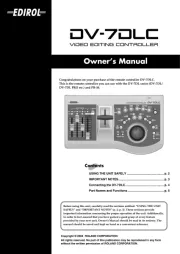
2 September 2025
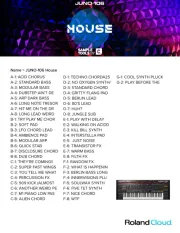
2 September 2025
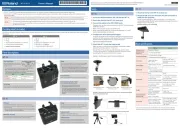
1 September 2025
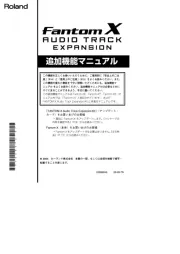
26 Augustus 2025
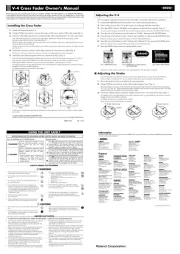
26 Augustus 2025
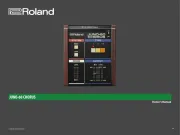
26 Augustus 2025
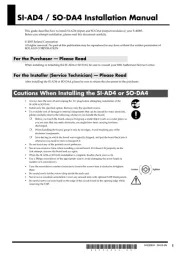
26 Augustus 2025
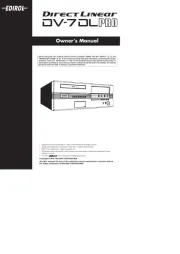
26 Augustus 2025
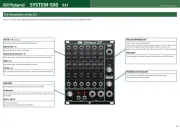
25 Augustus 2025
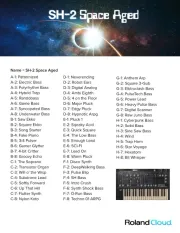
25 Augustus 2025
Handleiding Niet gecategoriseerd
- OBSBOT
- Maglite
- Nethix
- Efbe-schott
- Adobe
- Cougar
- Weltevree
- Learning Resources
- Rossmax
- Petzl
- IPGARD
- Esdec
- Car Keys Express
- Muller
- Eldom
Nieuwste handleidingen voor Niet gecategoriseerd

13 September 2025

13 September 2025

13 September 2025

13 September 2025

13 September 2025

13 September 2025

13 September 2025

13 September 2025

13 September 2025
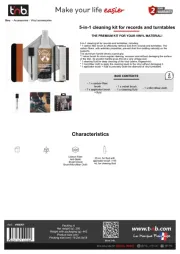
13 September 2025